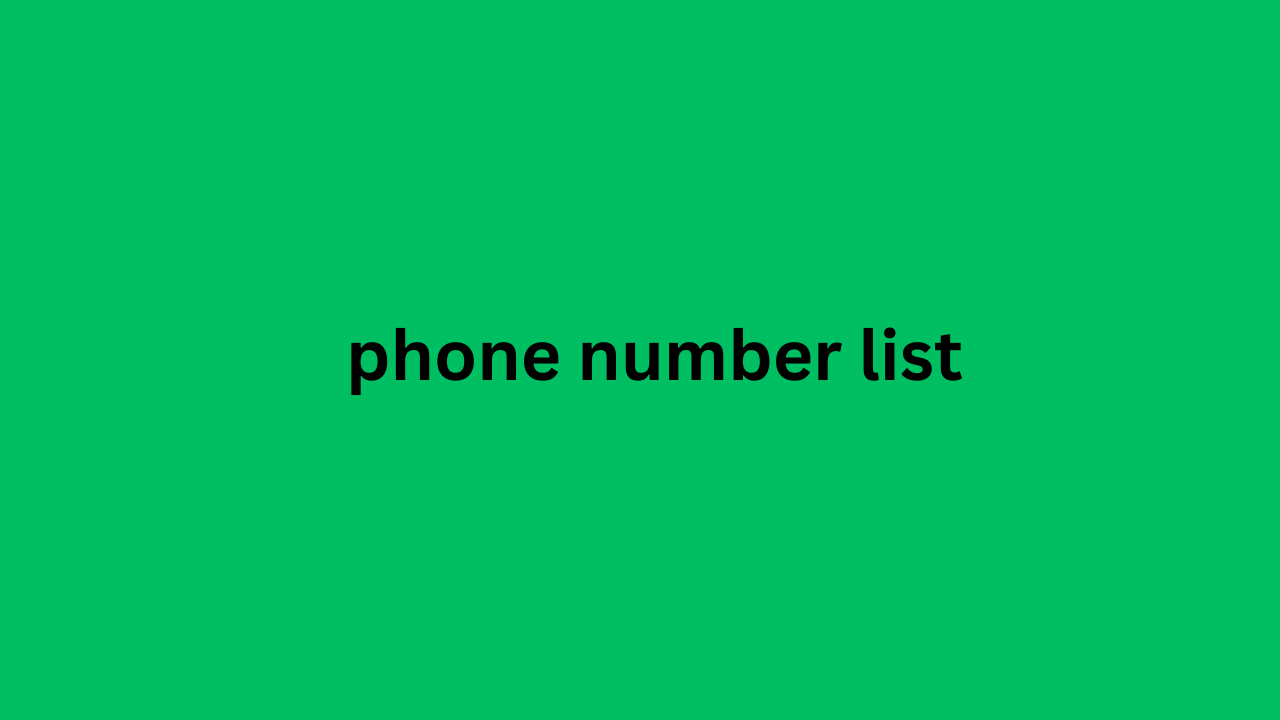What is inbound marketing and how does it work?
Posted: Sun Dec 15, 2024 5:33 am
In a world overwhelmed by the constant bombardment of invasive advertisements, Inbound Marketing emerged as a game-changing beacon of hope .
An innovative strategy that challenged the norms, with the aim of creating valuable experiences for users thirsty for authenticity and real connections.
But before we dive into this world, let's go back to the beginning:
What is Inbound Marketing?
Inbound marketing is a strategy that focuses on capturing the attention of potential customers in a non-intrusive way .
It is based on the creation and distribution of useful content for the target audience, with the aim of:
Respond to your needs and questions.
Attract them to the brand.
Build trust.
Convert them into customers.
Encourage their long-term loyalty.
Becoming a popular and effective strategy in the business world.
How did Inbound Marketing come about?
The concept of inbound marketing emerged in the early 2000s from Brian Halligan and Dharmesh Shah, the founders of HubSpot .
Founders of HubSpot
Both realized that consumers increasingly began using the Internet and search phone number list engines to obtain information about products and services instead of relying on traditional advertising.
Halligan and Shah recognized the trend and developed this methodology as a way to adapt to change.

What are the differences between inbound marketing and outbound marketing?
Strategic approach
Inbound marketing focuses on attracting and capturing the attention of potential customers in a non-intrusive way, creating relevant and valuable content.
Outbound marketing is based on the active interruption of the target audience through techniques such as traditional advertising, telemarketing and mass mailings.
Start of interaction
Inbound marketing is about getting potential customers to find your company voluntarily when searching for information or solutions online.
Outbound marketing takes the initiative and proactively seeks to reach potential customers , even if they are not actively looking for the products or services offered. For example, radio or television advertisements or phone calls.
An innovative strategy that challenged the norms, with the aim of creating valuable experiences for users thirsty for authenticity and real connections.
But before we dive into this world, let's go back to the beginning:
What is Inbound Marketing?
Inbound marketing is a strategy that focuses on capturing the attention of potential customers in a non-intrusive way .
It is based on the creation and distribution of useful content for the target audience, with the aim of:
Respond to your needs and questions.
Attract them to the brand.
Build trust.
Convert them into customers.
Encourage their long-term loyalty.
Becoming a popular and effective strategy in the business world.
How did Inbound Marketing come about?
The concept of inbound marketing emerged in the early 2000s from Brian Halligan and Dharmesh Shah, the founders of HubSpot .
Founders of HubSpot
Both realized that consumers increasingly began using the Internet and search phone number list engines to obtain information about products and services instead of relying on traditional advertising.
Halligan and Shah recognized the trend and developed this methodology as a way to adapt to change.

What are the differences between inbound marketing and outbound marketing?
Strategic approach
Inbound marketing focuses on attracting and capturing the attention of potential customers in a non-intrusive way, creating relevant and valuable content.
Outbound marketing is based on the active interruption of the target audience through techniques such as traditional advertising, telemarketing and mass mailings.
Start of interaction
Inbound marketing is about getting potential customers to find your company voluntarily when searching for information or solutions online.
Outbound marketing takes the initiative and proactively seeks to reach potential customers , even if they are not actively looking for the products or services offered. For example, radio or television advertisements or phone calls.